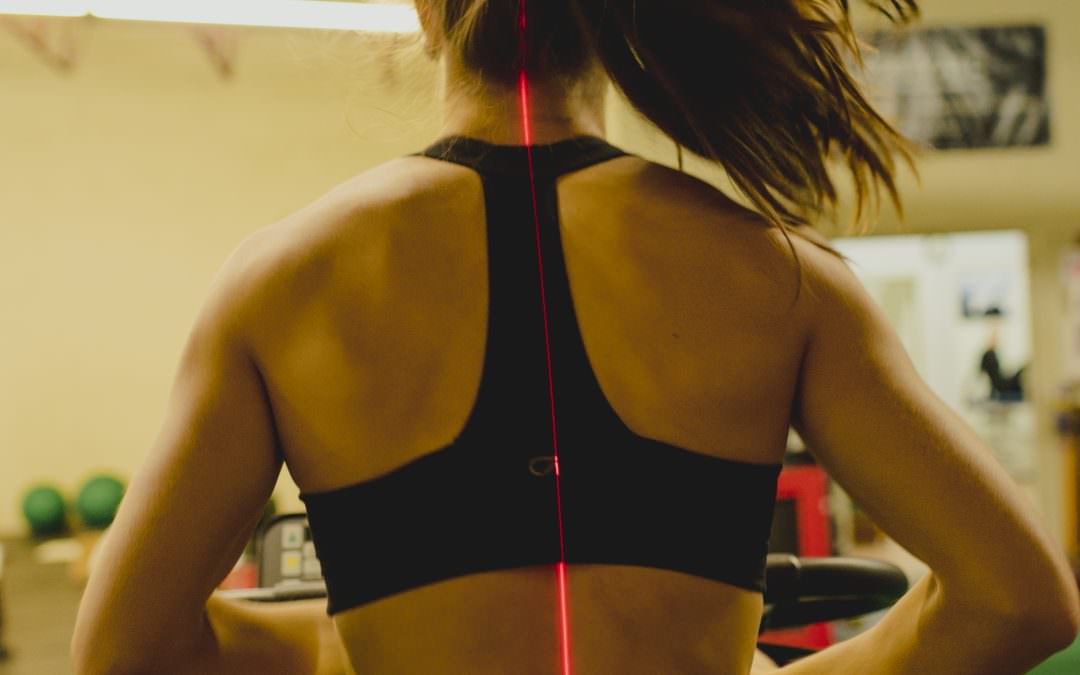One of the most common question every PT hears: “How can I think my way to better running form?”
The short answer: You can’t. Not really. I know! I wish it was that easy.
The long answer: The way you run is determined by a bunch of different factors. If running form was a “recipe”- these factors are the “ingredients”
Depending on the distance and speed goal, runners need the following factors:
-adequate joint mobility
-muscle recruitment, strength, and endurance
-tendon and ligament durability
-cardiovascular and muscular endurance
-adequate power and force production
-efficient technique.
This can vary by the type of running, but in general the faster and/or longer events have greater demands from all of those factors.
Running form is the end result of all of those factors– which means that
- At any one point in time, a runner is moving in the most efficient way they can
- Limitations in the above factors contribute to inadequate or poor form, which increase injury risk and limit performance
- optimizing running form requires optimizing those factors first.
Those factors combine to create the following components of running with good form:
Active Shock Absorption: Your quadriceps and glutes share the job of absorbing impact effectively when you land. Inadequate muscular shock absorption is compensated for by either a.) Increasing joint “stiffness”- which abnormally shifts the load on your bones and cartilage or b.) Increasing joint excursion (ROM) which can stress soft tissues such as tendons, ligaments, and muscles. Both compensatory strategies increase injury risk AND reduce running efficiency and performance.
- Limb Alignment and Stability: From initial contact through pushoff- what is the relationship of your leg position relative to your torso and pelvis? Poor limb alignment increases stress to your bones, cartilage, tendons and muscles – often creating chronic overuse and injury.
- Hip/Trunk Stability and Postural Control. Your hips and torso need to stay stable during loading (first half) of your stance phase – which is when you are actively shock absorbing and also during the second half of your stance phase where you create your rebound/pushoff. Poor postural control creates abnormal stress on joints, cartilage, tendons and muscles, increases injury risk and also reduces movement efficiency and performance.
- Foot Alignment and Stability. Do you pronate/supinate excessively? Does your big toe have good range of motion so that you can push off without excessive stress to the joint?
- Power/Force production and coordination– both a.) Horizontal (ie can you get your center of mass forward over your foot before you land which is the key to avoiding overstriding?) and b.) Vertical (ie how springy are you?).
In other words- the key to improving running form, reducing injury risk and improving running performance starts with assessing each factor– and then taking the time to improve the ones that limit your running the most. Integrating the changes into learning how to run with good form is the second step- and a really cool process. This is what the PTs at Prevail live and breathe- we are wholly dedicated to help our running clients achieve their goals!

